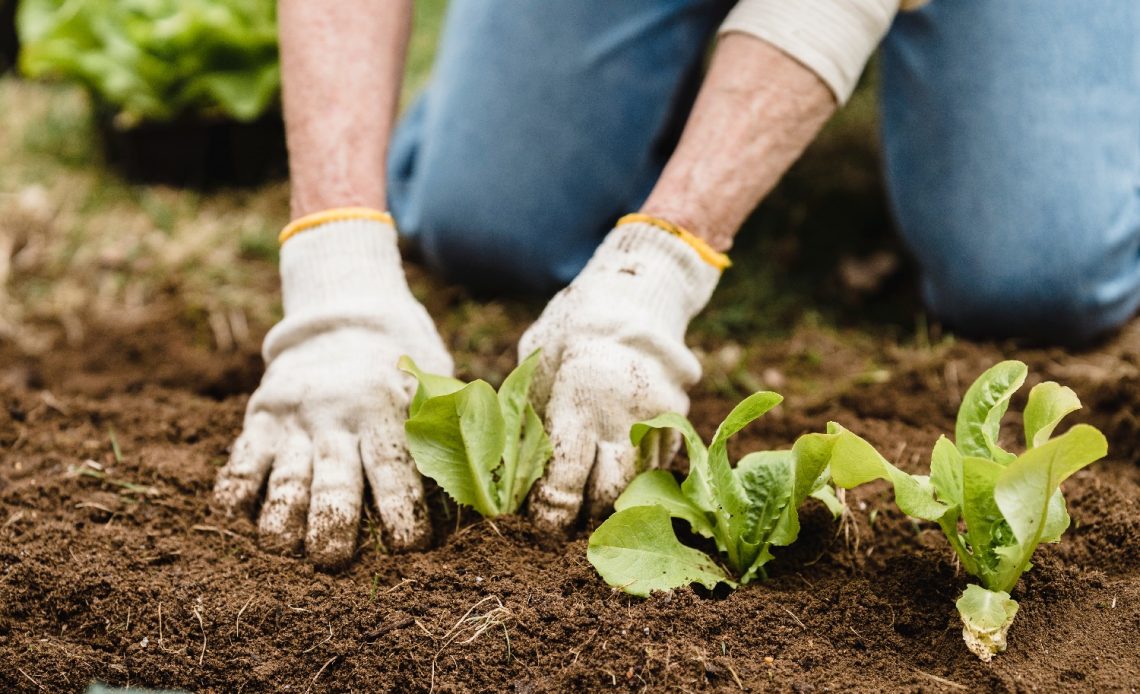

We’re here to help! Wild Yards is a completely free website that is 100% dedicated to helping you create a wildlife-friendly, sustainable yard. Read more
WildYards is reader-supported. When you buy a product through a link on our site, we may earn a comission. Every product is independently selected by our (obsessive) editors and our reviews are unbiased and objective. Read more about our mission or our privacy policy.
Hugelkultur gardening is an exciting way to grow impressive yields of colorful flowers and tasty vegetables. It is a careful science, from choosing the best layers for your mound to knowing where to plant specimens. Have you considered what to plant in your hugelkultur bed for the upcoming season?
Most vegetables and plants will thrive in a hugelkultur bed if sown in optimal spots. For example, some species fare better towards the sunnier end of your bed’s slopes. You can grow lavender, watermelon, pumpkins, rosemary, sage, mint, and more in a well-layered hugelkultur system.
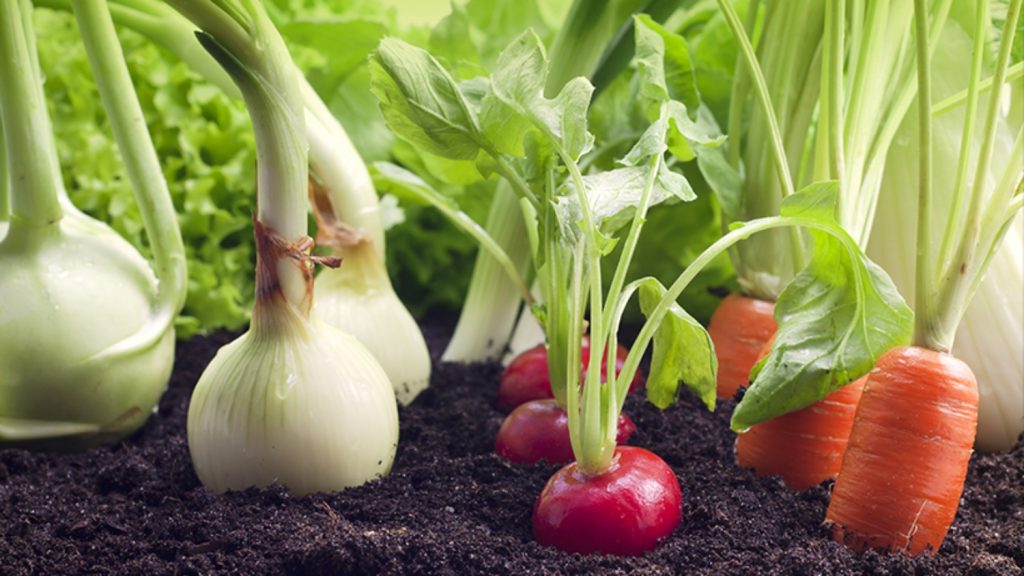
What plants can I grow in a hugelkultur bed?
Most plants will thrive in a well-layered and maintained hugelkultur bed, meaning it’s most important to consider whether or not you’d like to grow annuals, perennials, or biennials – and to ensure you choose plants that support each other.
Consider growing vegetables that produce crops above the soil rather than root varieties. These are easier to harvest, and you won’t have to dig into your layers to get to your yields. There’s also a risk that root vegetables may clump down and get stuck in branches and other organic detritus further down the layers.
Don’t consider risking root vegetables in your mound until you have at least two or three seasons of careful tending. You may get a delicious clutch of carrots from a hugel bed, but it’s meticulous work.
For the least work, consider growing perennials as a priority, as you won’t need to completely redo the top and compost layers of your hugelkultur bed from year to year. That said, growing annuals and biennials is possible if you wish.
A key point to consider here is soil longevity. Hugelkultur layers and mounds build in such a way that gravity will eventually pull soil downwards, and therefore it will erode over time. This may not be great news for any perennials you leave to sprout year on year, but it’s less of a concern for annuals you plant freshly.
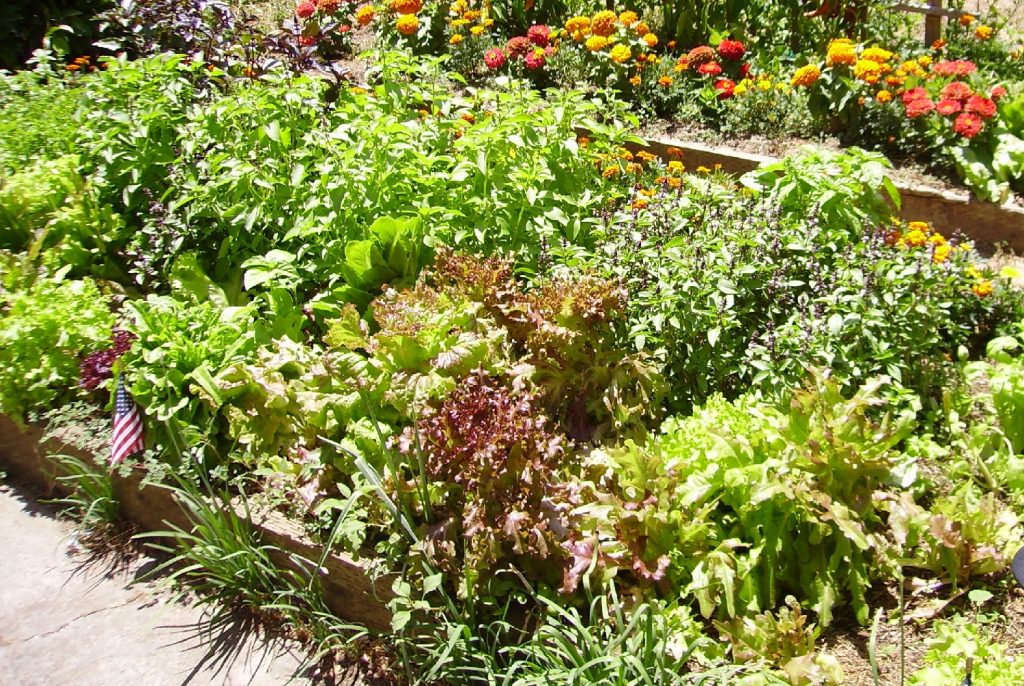
13 of the best plants you can grow with hugelkultur
The list of plants, vegetables, and trees you can grow in a hugelkultur bed is nearly endless, so here’s a selection of guaranteed growths the Wild Yards team has tried and tested for you.
Alliums
Allium plants, such as garlic, onions, leeks, and shallots, need little encouragement to grow in a hugelkultur mound. Ideally, you should plant these specimens across your bed as they’re fantastic companions for weaker plants and vegetables. For example, garlic produces scents that confuse invasive pests, such as cabbage loopers and bean beetles.
Take caution with onions in particular if growing alliums in a hugelkultur bed, as their roots spread far and wide – you’ll risk these plants over-competing with weaker specimens. Consider placing them sparingly around your main bed, leaning more towards garlic if possible.
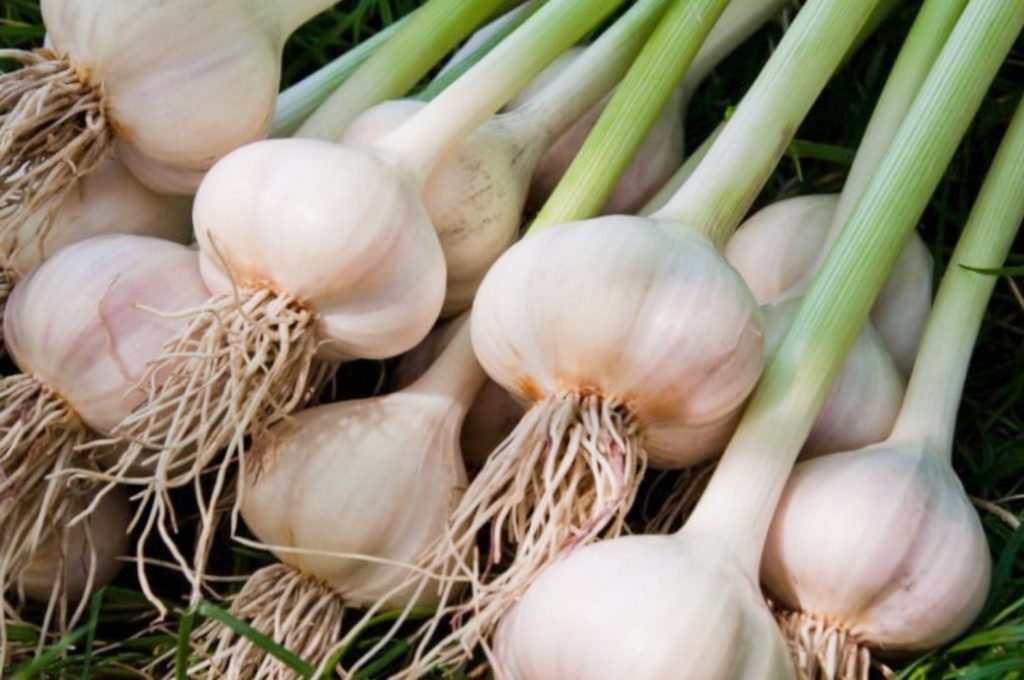
Peas and Beans
A well-layered hugelkultur bed should already be rich in nitrogen (thanks to degraded material in your compost), but pea and bean plants can introduce even more into the soil. You’ll need to plant most species at the start of the spring, as they tend to prefer the cooler side of the season – while appreciating lots of sunlight.
Try planting peas and beans where they can get around six hours of sunlight minimum, but don’t let them fizzle too much in the heat. Planting towards the middle of your mound may be prudent. These are annuals, so they won’t suffer too much if the soil starts to subside.
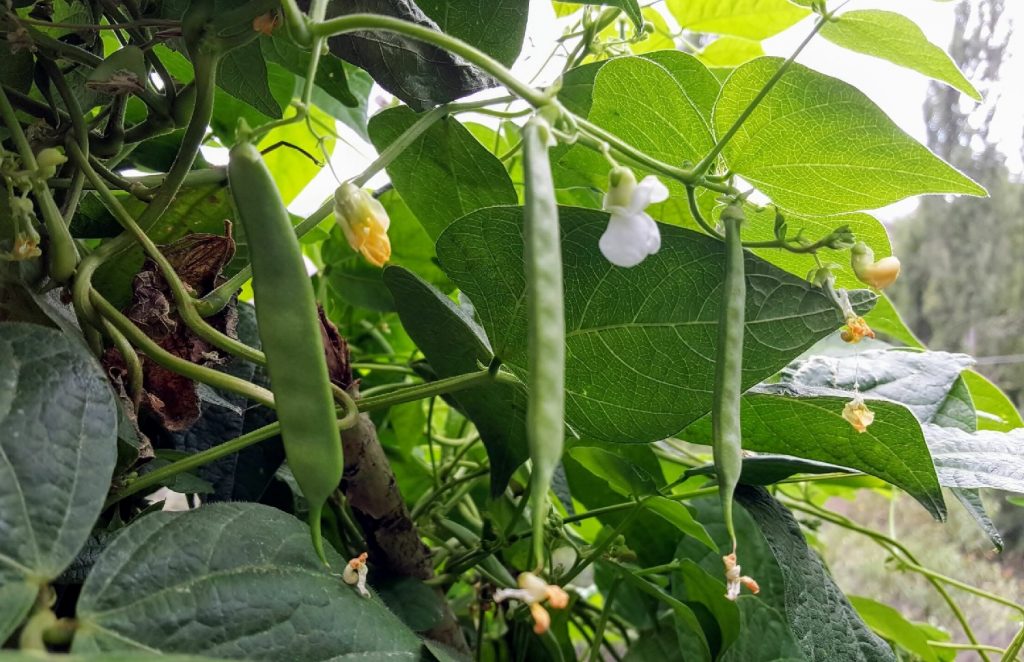
Watermelon
Watermelon is a tasty crop that’s easy to grow with extremely well-draining hugelkultur beds, but you’ll need a lot of space. Around 20 square feet per watermelon is ideal – meaning it’s perhaps best to start growing when you’re a couple of seasons into the process.
Otherwise, watermelon is an annual plant that thrives in sandy soil, making it a good choice to grow alongside hugelkultur lavender. It prefers neutral pH soil, so avoid adding acidic plants such as nasturtiums and azaleas to the same mound. Alternatively, manage your soil pH with a store-bought meter to spike into the medium.
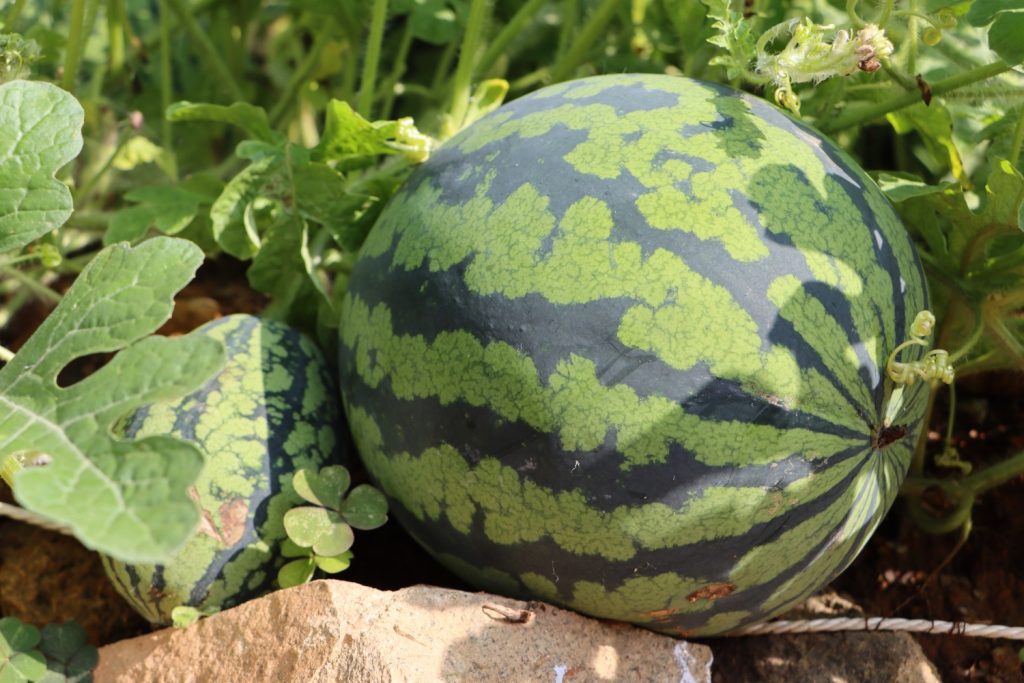
Corn
Corn, like watermelon, will grow annually and won’t suffer too much from your mound’s soil erosion. Generally easy to grow and harvest, your larger concern should be seed dispersal. Corn seedlings can be sensitive, meaning it’s best to try and scatter them away from the wind. Consider protecting them with a few larger companion plants to act as a windbreak while still offering lots of sunlight.
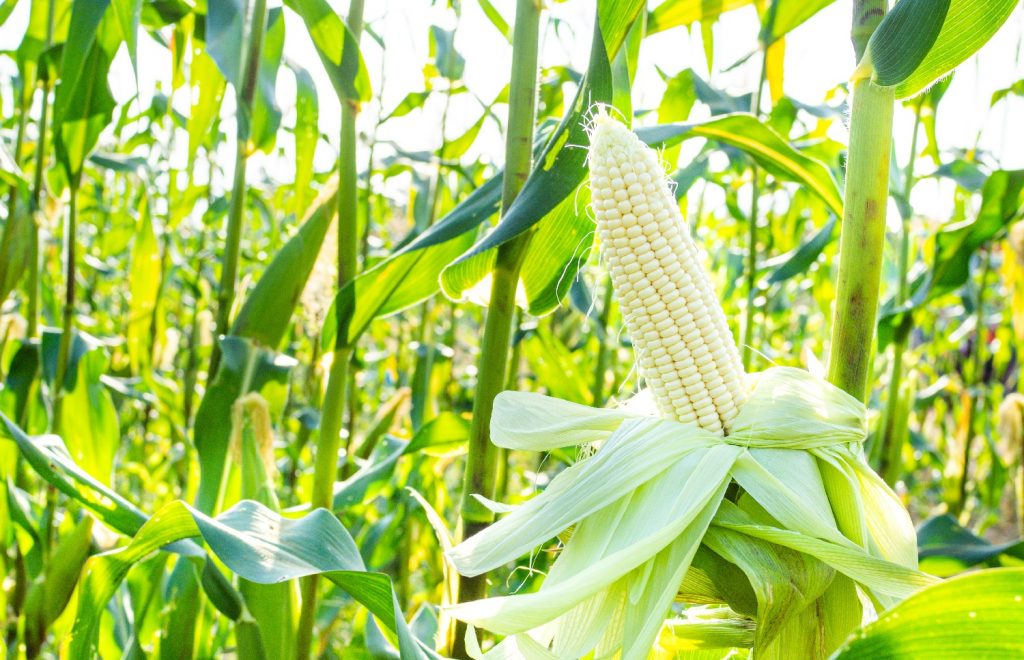
Begonias
Begonias are delightful flowers that love cooler temperatures and fare brilliantly as annuals in hugelkultur, thanks to drainage. While most plants need water to drain freely, begonia plants need as little moisture as possible to avoid root rot – they are extremely susceptible.
You’ll need to make sure you plant begonias around one foot apart from each other in a hugelkultur setup. Again, like watermelon, you’ll likely need a fairly large mound to start with. You’ll only typically be able to plant begonias directly into your hugelkultur in USDA zones 9 and 10; otherwise, they’ll need to warm up inside for a few months first.
Avoid growing in the same hugelkultur mound (or in the same spot) as alliums and mint, as these plants will over-compete to put these sensitive blooms at risk.
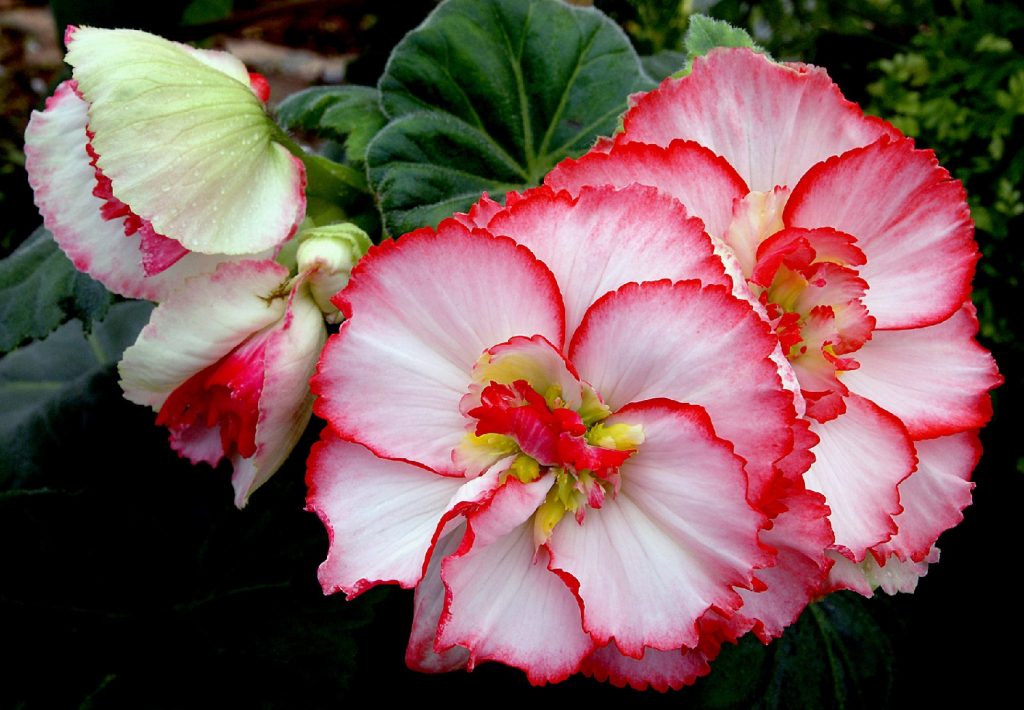
Lavender
Lavender is a superb hugelkultur plant that you can generally leave to its own devices, providing you set up a bed layered with sandy soil (which, again, needs to drain clearly). As a perennial, lavender may struggle with soil movement in a hugelkultur bed, so look for areas (perhaps along the edges) where it’s less likely to erode. Lots of sunlight is vital for this plant, so look to plant on your mound’s sunnier side(s).
Hugelkultur gardening is ideal for lavender as the nutritious soil in your bed should account for just enough water and dense nutrients. Consider spacing lavender companion plants apart in your bed, such as alliums, to protect against pests and peas to increase nitrogen further.
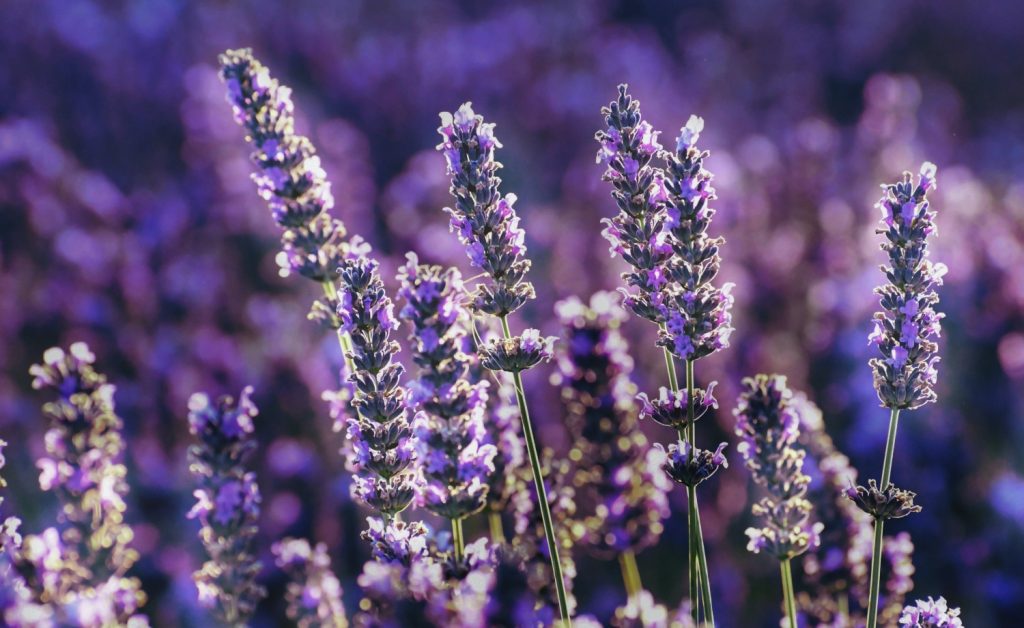
Tomatoes
When managed carefully, tomato plants can be highly rewarding to grow in a hugelkultur bed – but be sure to space them out among other plants, as their leaves can span out widely, creating shade for smaller growths that may otherwise need abundant sunlight. Pruning cherry tomatoes, for example, is crucial to prevent overgrowth!
Tomato plants are generally very hungry, and a well-layered hugelkultur mound will continue to produce much-needed nutrients through fertile soil. For hugelkultur success, consider growing smaller specimens. This should stop other plants in your bed from getting choked or overshadowed. Do also ensure you plant tomatoes on the sunniest edge of your mound.
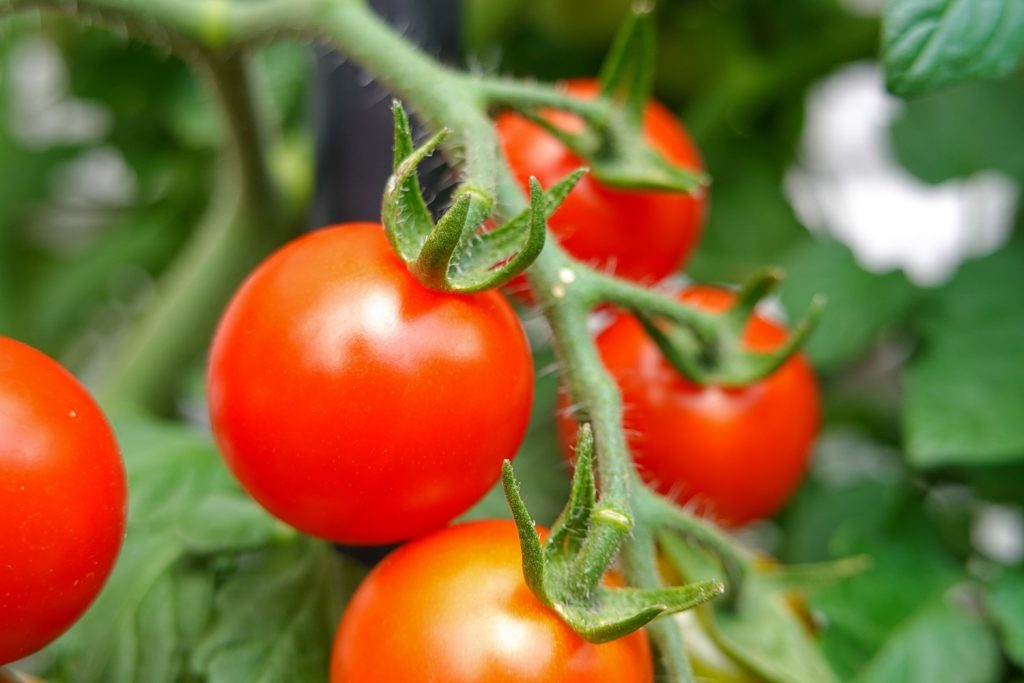
Sage
Sage is a wonderful companion plant that will help other hugelkultur specimens withstand common pest attacks. This herb will thrive in well-maintained hugelkultur mounds that allow for clear drainage. It’ll also benefit from lots of nitrogen – but don’t let it grow too close with too many other hugel specimens, as it can struggle with poor soil aeration. Always layer your wood carefully.
Do also consider growing other herbs such as rosemary and oregano – these are less sensitive and are just as good at guarding weaker hugel plants from pests.
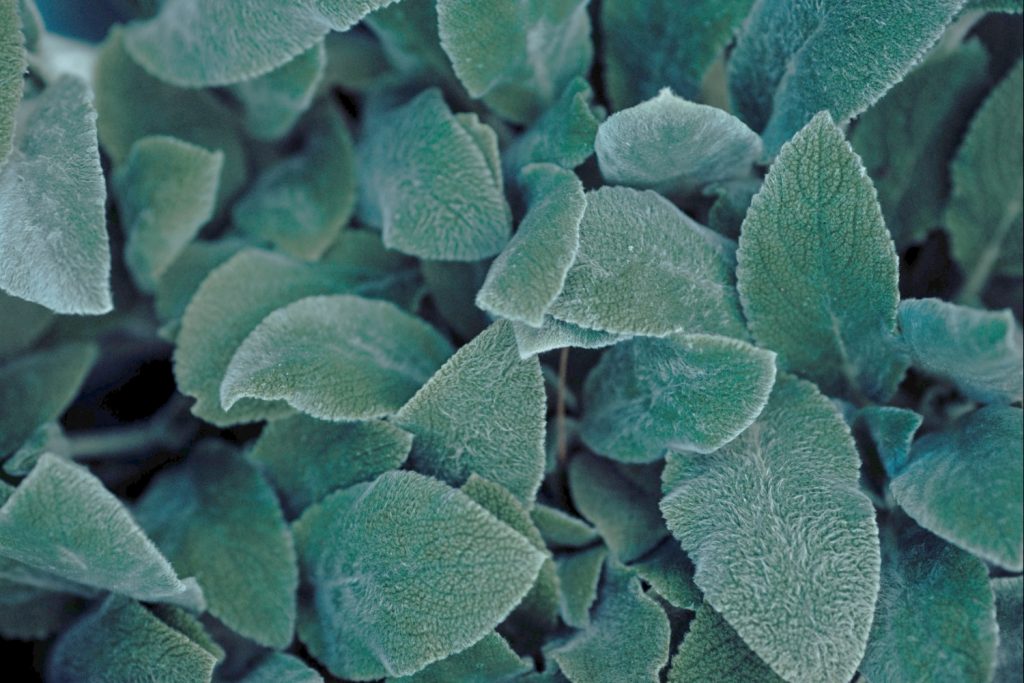
Pumpkins
Pumpkins grow wonderfully towards the sunnier sides of hugelkultur beds, though as with watermelon, some species will need lots of space to grow healthily. Similarly, marrows and zucchinis can also prosper well in a nutritious mound.
Ideally, look to position any marrow vegetables close to the warmest part of your compost layer. Check the temperature of your bed and scatter seeds up to a foot apart. Pumpkin farming in a hugel bed will take some maintenance, as you’ll probably need to thin them down to around two to three feet apart once they’re a couple of inches in height.
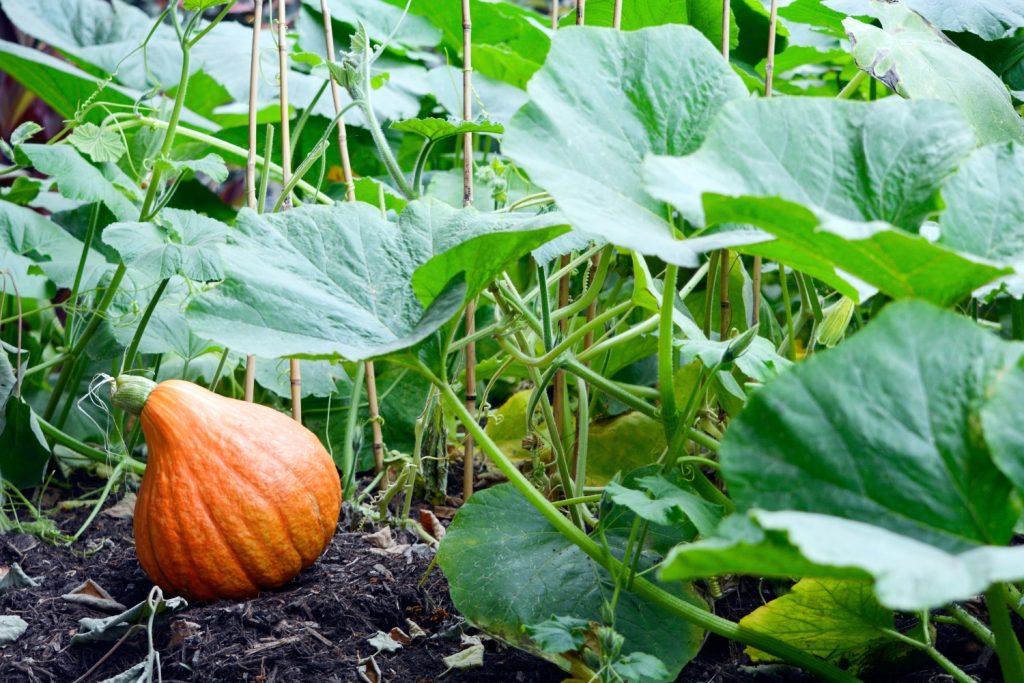
Basil
As a perennial herb, basil needs planting far away from sensitive spots in hugel soil likely to erode away. Otherwise, it works brilliantly with bean plants in a hugel bed because it’s a natural pest repellent. This herb loves super-fertile, nitrogen-rich soil, meaning it’s ideal for hugel farming – but avoid planting it in a sandy or dry medium (i.e., what you’d typically aim for with lavender crops).
Consider spreading basil and garlic apart and all across the top layer of your hugelkultur bed. As a team, both specimens will create confusing scents that prevent common pests from visiting and feeding on weaker plants on the top layer. You can also grow basil with French marigold and eventually mulch into a future hugel layer, which will work great at preventing nematode worm attacks.
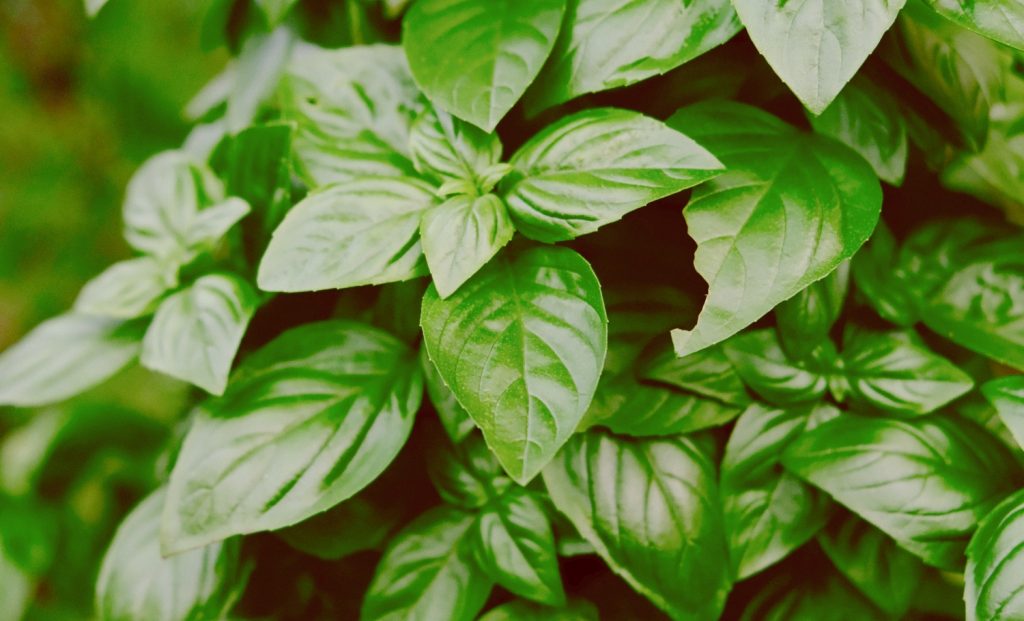
Broccoli
Leafy, cruciferous brassicas such as broccoli are fairly easy to place in a hugel bed, providing you ensure they’re in the full glare of the sun. It’s worth looking for companion plants alongside broccoli in a hugel setup as they can fall prey to pests.
Broccoli grows mostly annually, meaning soil subsidence in your hugel bed likely won’t upset its growth. Be sure to harvest it as frequently as possible, as leaving brassicas to rot in a hugel bed can attract pests en masse.
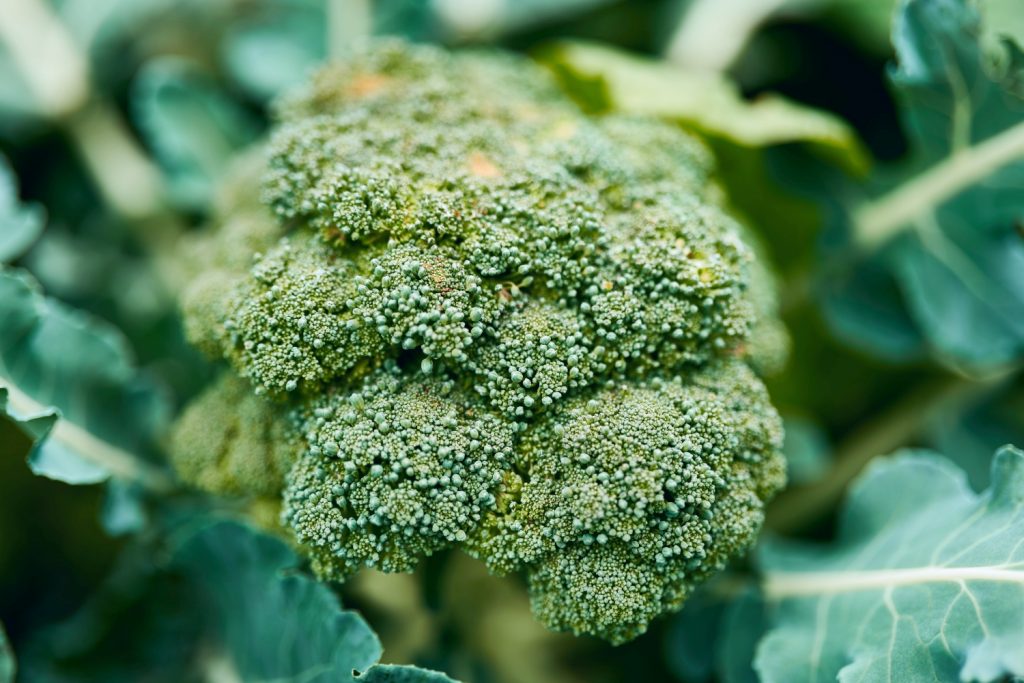
Mint
Mint is a wonderful plant for attracting pollinators in a hugel bed, though it’s infamous for being extremely competitive. This means you’ll need to be careful with planting companions, or it will quickly overshadow weaker specimens.
Try and grow a fragrant clutch of mint or two to one end of your hugel bed, away from the wider population. As a perimeter, mint can attract helpful pollinators and may also repel pests from fluttering further into the bed.
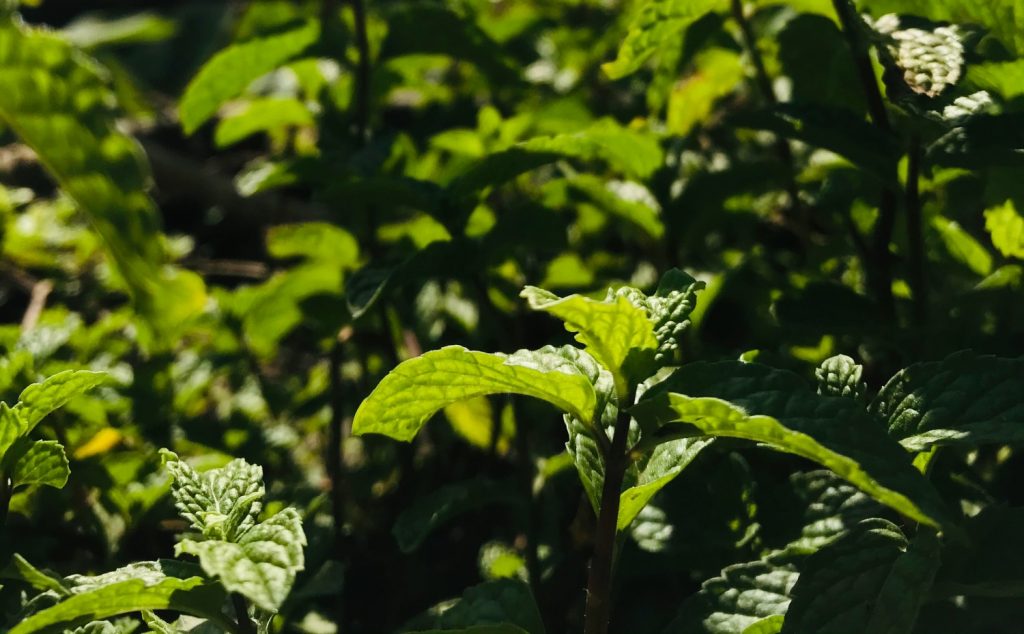
Asparagus
Perennial asparagus is a plant that can keep growing in the right hugel conditions for years on end, but be wary of soil erosion and gravity. It’s possible to keep asparagus growing in a new set of hugel layers if soil gives way entirely, simply by transplanting it temporarily.
Asparagus, even in hugel beds, can be quite sensitive to pest attacks – but don’t be tempted to grow it with alliums, as they’ll stunt its growth. Consider planting aromatic garlic and onion to one end of the bed or slope, with asparagus towards the other side.
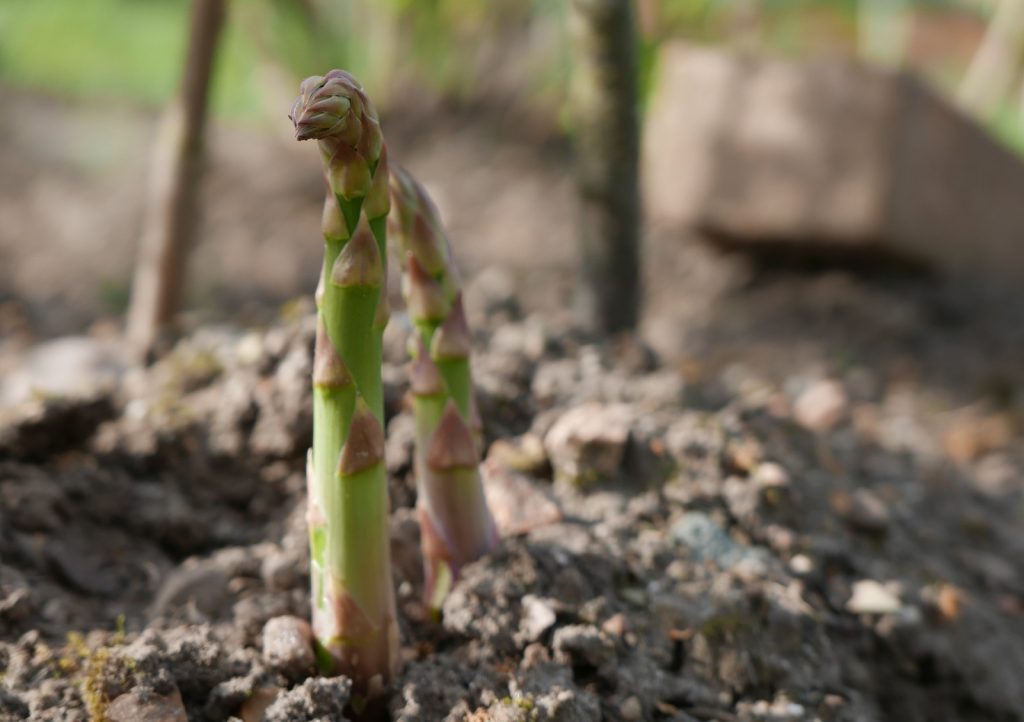
Are there any plants that don’t grow well in hugelkultur beds?
Very few plants won’t thrive in highly nutritious hugelkultur systems. Still, specimens such as mustard plants, strawberries, and even cucumbers are unlikely to grow well with others – they will over-compete for nitrogen.
Potatoes, too, can be problematic in a hugel system, as they can disrupt layers and choke out other roots. It’s possible to grow potatoes and other nightshades successfully via hugel mounds, but you’ll need to cut down on companion plants.
Why should I try hugelkultur?
Hugelkultur, or ‘hill gardening’, is ideal for increasing biodiversity in your garden. By carefully layering organic matter such as wood, dead leaves, and homemade compost, you’ll create a dense, nutritious mound for plants to thrive in.
The hugelkultur method is popular because you can grow many different species in the same spot. For example, most garden plants and vegetables benefit from clear-draining plots, and you can manage all of your favorite specimens in one place.
Widely known as ‘polyculture’, building a hugelkultur bed with a mixed variety of plant species can produce some fantastic benefits:
- You can expect larger, stronger yields of plants and vegetables
- You can easily plant companions with one another to promote growth and protect against pests
- You can ensure clear drainage either on the ground or in a raised bed
- You’ll welcome plenty of pollinators such as bees, wasps, hummingbirds, and butterflies
- It’s generally easier to manage a single hugelkultur mound than several beds across the garden
Of course, there are some disadvantages to hugelkultur – for example, you may not expect amazing results immediately, and it’s not always easy to source the best materials. Conversely, providing you put time and effort into building and maintaining your mound, you’ll eventually find it easy to keep plants, fruit, and vegetables growing across the seasons.
